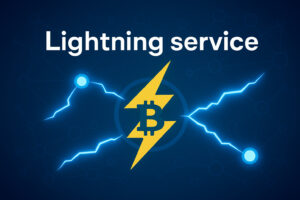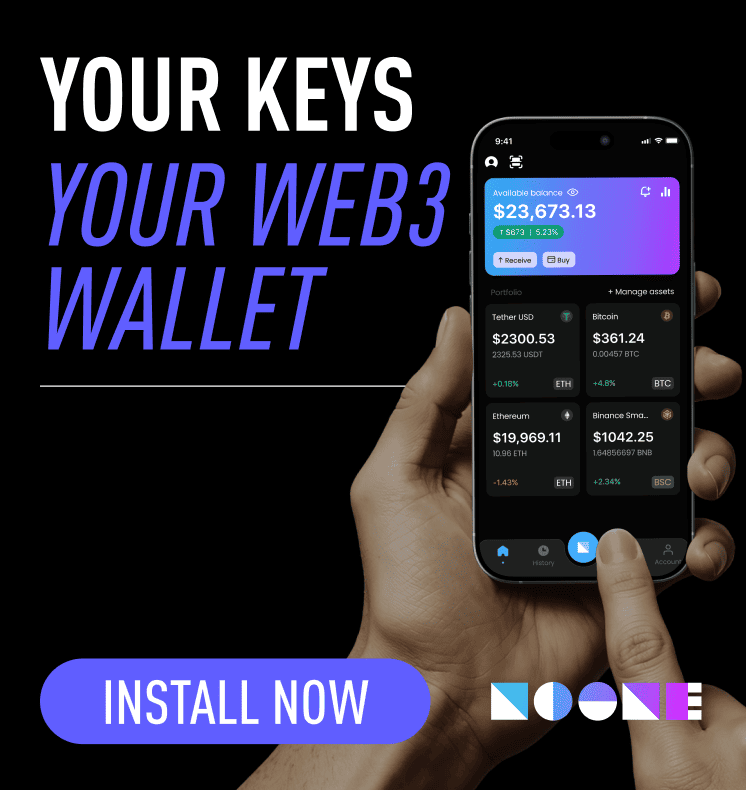Lightning service is a group of nodes and tools that facilitate instant, low-cost Bitcoin payment through the Lightning Network protocol. By setting up payment channels among participants, Lightning service providers allow you to send and receive satoshis in near-instant time. You do not have to rely on on-chain confirmations, which take minutes or longer. With growing interest in micro-payment and daily use of Bitcoin, Lightning service is a prominent option for developers, wallets, and merchants.

Lightning Network Channels for Instant Payments
How Lightning Actually Works
A Lightning service is initiated when two parties establish a payment channel on the Bitcoin blockchain. You prepay for the channel in a transaction that locks your coins into a multisignature address. When you have an active channel, you and your counterparty are able to send signed balance sheet update messages to one another. Every update mirrors the revised distribution of funds across the channel partners. When you pay one, your balance in the channel is reduced and their balance is increased. These updates are done in the background, in near-instants, and you’re able to make several small payments without waiting for confirmations or incurring every on-chain transaction cost. When either side is ready to close the channel, they broadcast the current state to the blockchain. Balances settle on chain, and you have ownership of your funds again. Lightning nodes facilitate the channels, manage the liquidity, and provide users with interfaces to plug into.
Key Features of Lightning Service
A major advantage is low fees. During off-chain payment routing, you don’t pay the usual miner fees for busy days. On small purchases or micropayments, savings are substantial, especially in comparison to on-chain payment. Another aspect is speed. You get near-instant settlement since payment notifications occur between nodes on the network. Such speed is appropriate for point-of-sale applications or online purchases where users want rapid settlement. A third aspect is privacy. Because the transaction is done off chain, just the opening and closing of channels are visible on Bitcoin’s ledger. The intermediate payments in the network are not revealed to blockchain explorers, providing users with greater anonymity for everyday transfers.
History and Evolution of Lightning Service
The Lightning Network was initially described in a white paper in 2015 by Joseph Poon and Thaddeus Dryja. They suggested payment channels to solve Bitcoin’s scalability problem. The concept gained further impetus as on-chain congestion and fees increased during bull markets. In the years 2018 and 2019, early Lightning implementations by developers such as LND (Lightning Labs), c-lightning (Blockstream), and Eclair (ACINQ) were released. These open-sourced clients enabled hobbyists to operate nodes and play around with payment channels. Early networks held minimal amounts of Bitcoin as developers refined reliability and liquidity. By 2020, Lightning service providers appeared on the market to ease users’ experiences. Hosted nodes, managed channels, and simple wallets were being sold by businesses. They did the work of managing channels technically, allowing merchants and end-users to plug into Lightning without having extensive node-operation information.
Role of Lightning Service in the Crypto Community
Lightning service enables broader Bitcoin usage by smoothing the payment experience to resemble spending digital cash. A coffee shop, a payment to a content creator, or a game items purchase in a matter of seconds – you get it. Convenience is key to winning over non-technical users that Bitcoin can facilitate everyday purchases. Developers depend on Lightning service to create new applications based on micropayments. Streaming payments, pay-per-article publications and reward systems all need rapid, low-cost trustless funds transmission. Channel setup and routing are addressed by service providers, freeing developers to work on novel functionality and user interfaces. Merchants prefer Lightning service, as it mitigates chargeback and fraud risks associated with traditional credit-card systems. Payments are locked in immediately and cannot be reversed. Such certainty will reduce operating costs and ease accounting, hence increasing Bitcoin’s appeal as a payment method.
Key Platforms Providing Lightning Service
Lightning Labs provides LND, a production-grade implementation utilized by most services. It includes support for autopilot channel management, loop in/out liquidity tools, and a developer API. You may install LND on your own server, or you may host a node using a service partner. Blockstream offers c-lightning with an emphasis on a lean, modular approach. It supports integration with Blockstream’s Satellite network for offline capabilities. Developers love its plugin architecture, which allows for the addition of custom routing or monitoring options. ACINQ supports Eclair and the Phoenix wallet, designed for users of mobile devices. Phoenix automates the creation and rebalancing of channels, and you don’t need to manually source liquidity. ACINQ also operates a routing service that nodes use in order to find optimal payment routes.
Challenges and Risks of Lightning Service
One challenge is liquidity management. To send payments, sufficient funds must flow through connected channels. Service providers must monitor and adjust channels to avoid stuck routes. Users may face failed payments if channels are under-funded. Technical complexity carries risks. Running a node and having uptime involves minimal server competency. Closing a channel on chain may take more time and cost fees if a channel partner goes dark or is uncooperative. Lightning service providers take much of that brunt, albeit with the introduction of counterparty risk. Security is a further consideration. While the protocol punishes cheating channels, bugs or misimplementation can cause loss of funds. Service providers are trusted by users for securing private keys and keeping the software current. Vetting reputation and utilizing well-audited implementation is necessary.
Future Outlook for Lightning Service
As more wallets integrate Lightning service in the background, users might not even perceive a difference. Convenient integration into mobile and web applications will render instant Bitcoin payment a standard option instead of an advanced option. That change has the potential to accelerate merchant acceptance globally. Cross-chain atomic swaps between Lightning nets also hold potential. By connecting Bitcoin channels with other blockchain channels, you would be able to exchange assets without exiting payment networks. This opens up avenues for decentralized finance and trustless exchanges on layer-2 solutions. Regulation will also be a factor. When governments decide on rules for off-chain payment processors, we may see the need for licensing or compliance for Lightning service businesses. Having clearer guidelines in place will attract more institutional investment, more capital, and more innovation into layer-2 payment platforms.
Conclusion
Lightning service introduces rapid, low-cost Bitcoin payments into mainstream usage through off-chain channels and managed nodes. From initial Scalable Payments research, it expanded into a set of platforms supporting merchant checkouts, micropayments, and new app concepts. With issues still present in liquidity and security, continued development is working towards smoothing away these challenges. With instant settlement and privacy advantages, Lightning service is a critical component for Bitcoin’s development into a global payment network.














 Twitter
Twitter
 Telegram
Telegram
